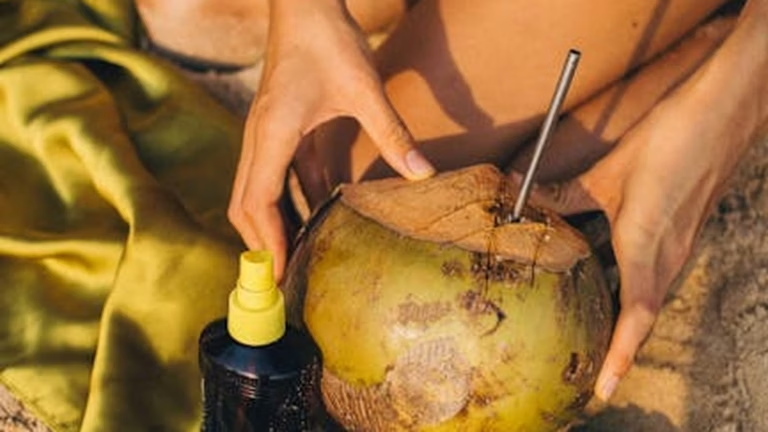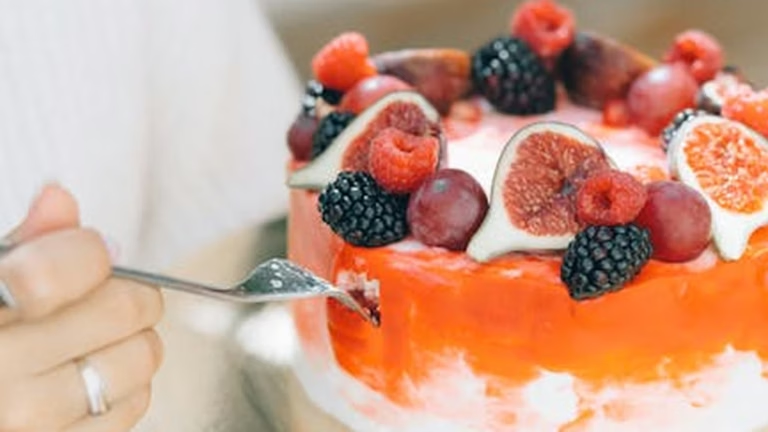Advanced Hydration: Beyond Water, Optimizing Your Fluid Intake
Staying hydrated is crucial for overall health and well-being. We all know we should drink more water, but what if simply drinking more water isn’t enough? Advanced hydration takes a deeper dive into optimizing your fluid intake by considering factors beyond just the quantity of water you consume. This means understanding electrolytes, incorporating hydrating foods, and tailoring your hydration strategy to your individual needs and activity levels. Let’s explore how to move beyond basic hydration and truly optimize your fluid intake.
The Importance of Electrolytes
Electrolytes are minerals that carry an electrical charge and are essential for many bodily functions, including nerve and muscle function, fluid balance, and blood pressure regulation. When you sweat, you lose electrolytes, and simply replacing fluids with plain water can sometimes lead to an electrolyte imbalance, potentially causing hyponatremia (low sodium levels).
Common Electrolytes and Their Roles
- Sodium: Regulates fluid balance and nerve impulses.
- Potassium: Essential for muscle contractions and nerve function.
- Magnesium: Supports muscle and nerve function, energy production, and blood sugar control.
- Calcium: Crucial for bone health, muscle function, and nerve transmission.
Replenishing these electrolytes, especially after intense physical activity or in hot weather, is crucial for maintaining optimal performance and preventing dehydration-related issues.
Electrolyte Replacement Strategies
- Electrolyte Drinks: Sports drinks containing electrolytes can be helpful, but be mindful of added sugars. Look for options with lower sugar content or make your own.
- Electrolyte Tablets or Powders: These can be added to water for a convenient and customizable electrolyte boost.
- Food Sources: Incorporate electrolyte-rich foods into your diet, such as bananas (potassium), leafy greens (magnesium), and dairy products (calcium).
- Homemade Electrolyte Drink: Mix water with a pinch of sea salt, a squeeze of lemon or lime juice, and a small amount of honey or maple syrup for a natural electrolyte boost.
Hydrating Foods: Fueling Up with Fluids
While drinking water is essential, many foods also contribute significantly to your daily fluid intake. Incorporating hydrating foods into your diet can make staying hydrated easier and more enjoyable.
Top Hydrating Foods
- Watermelon: Approximately 92% water.
- Cucumbers: Around 96% water.
- Strawberries: About 91% water.
- Spinach: Roughly 93% water.
- Celery: Approximately 95% water.
- Broths and Soups: Excellent sources of fluids and electrolytes.
These foods not only provide hydration but also offer valuable vitamins, minerals, and antioxidants. Consider adding them to your salads, smoothies, or as snacks throughout the day.
Tips for Incorporating Hydrating Foods
- Start your day with a hydrating smoothie containing fruits, vegetables, and water or milk.
- Snack on hydrating fruits and vegetables like watermelon, cucumbers, or celery sticks.
- Add hydrating vegetables like spinach or cucumber to your salads and sandwiches.
- Enjoy soups and broths as a meal or snack, especially during colder months.
Personalized Hydration Strategies
Hydration needs vary significantly from person to person. Factors such as activity level, climate, age, and health conditions all influence how much fluid you need daily. A one-size-fits-all approach to hydration is often ineffective.
Factors Affecting Hydration Needs
- Activity Level: Athletes and individuals engaging in strenuous activities require more fluids to replace sweat loss.
- Climate: Hot and humid weather increases sweat rate, leading to higher fluid needs.
- Age: Older adults may have a decreased sense of thirst and may need to consciously increase their fluid intake.
- Health Conditions: Certain health conditions, such as kidney disease or heart failure, may require fluid restriction or specific hydration guidelines.
- Medications: Some medications can have diuretic effects, increasing fluid loss.
Developing a Personalized Hydration Plan
- Monitor Your Urine Color: Aim for light yellow or straw-colored urine. Dark yellow urine indicates dehydration.
- Track Your Fluid Intake: Use a water bottle with marked measurements or a hydration app to monitor your daily fluid consumption.
- Adjust Fluid Intake Based on Activity and Climate: Increase your fluid intake before, during, and after physical activity or exposure to hot weather.
- Listen to Your Body: Pay attention to thirst cues and drink when you feel thirsty. Don’t wait until you’re extremely thirsty to hydrate.
- Consult with a Healthcare Professional: If you have any underlying health conditions or concerns about your hydration status, consult with a doctor or registered dietitian for personalized recommendations.
By understanding the importance of electrolytes, incorporating hydrating foods, and tailoring your hydration strategy to your individual needs, you can move beyond basic hydration and unlock the full potential of your body’s performance and well-being. Remember, hydration is not just about drinking water; it’s about optimizing your fluid intake for a healthier, more vibrant you.






